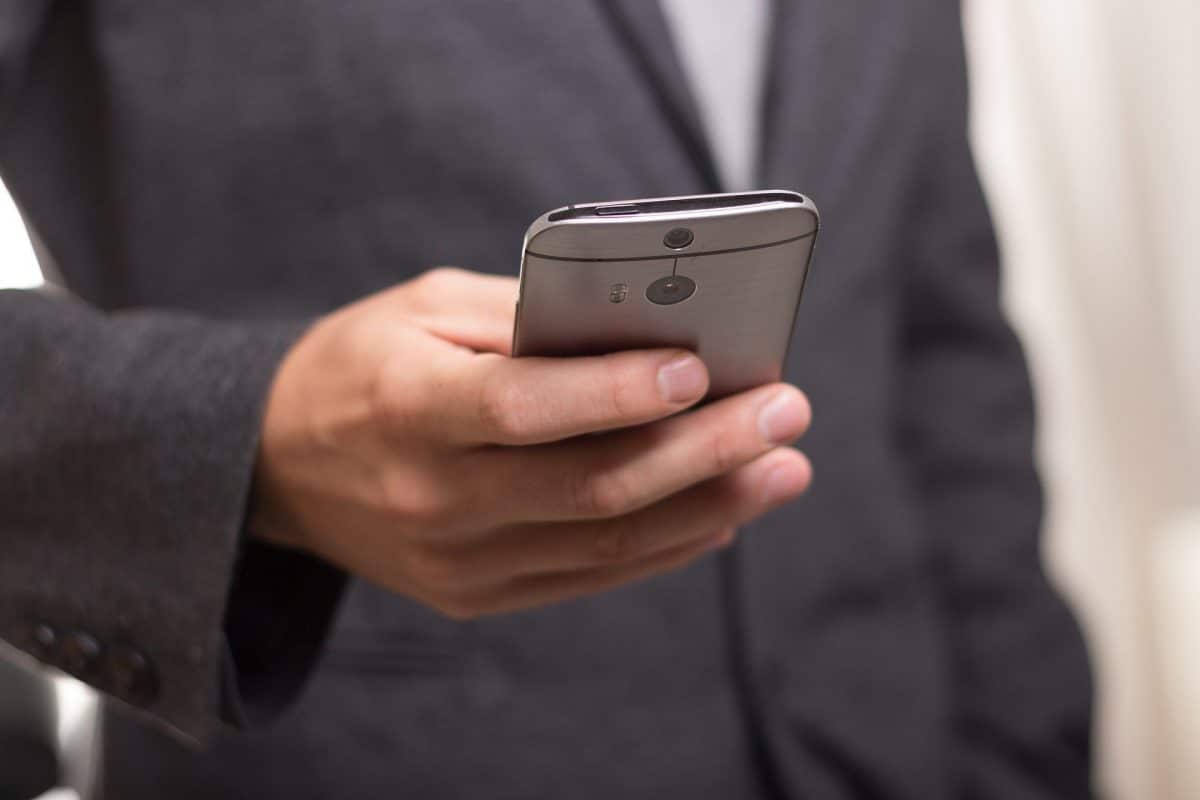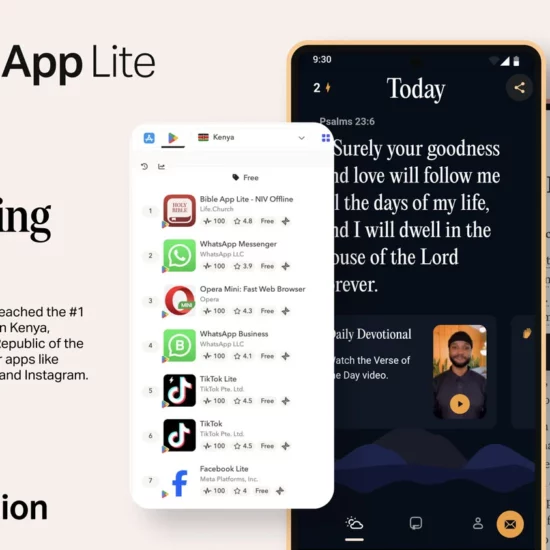
I confess that I am an ultimumbler. You won’t find that word in the dictionary; it was created by Bat Masterson combining the Latin ultimum with the word mumble for a person who likes to get the last word in under their breath.

Ken Satterfield
While there are famous, sometimes comical, last words (“Hey! Watch this!”), often last-word people just make those around them chafe. And there are those times we want to have that last word but can only fume: watching television, reading a bumper sticker you disagree with, listening to a podcast.
Your last word doesn’t have to be a negative for others, however. It can also be an opportunity to inform or bless. I’m talking, of course, about email signatures, the P.S. of electronic mail as the last impression your message will leave.
This occurred to me recently when I got an email that ended with “Sent from my iPhone.” It’s a great marketing strategy for the folks at Apple, and annoying to everyone else. (Of course, it does help explain the typos from tapping on a phone screen.) Even more aggravating is the iMessage feature that likes/loves messages while including the entire quoted message for non-iPhone users.
But let’s focus on the positive. Consider what you can do with your signature beyond simply including your name.
First, you have to set up your email. Your email program provides ways for you to set up one or more ways of closing a message that can be dropped in, including Gmail, Outlook, and Mail on Mac.
How many signatures do you really need? Just as you will often speak differently to a parent, child, or boss, you may want to have a different sign off besides your default for friends, business, and church and insert the appropriate one. Additionally, you may want a different, abbreviated, default for replies.
What should it include? Besides your name, some essentials may include job title, contact options, social media accounts, and electronic business card (vCard). It does not need to include your email, since the recipient already has that.
What should it look like? Keep it simple. Use color but don’t go overboard. The same is true of fonts. You may want to use an icon or picture, but avoid making the entire signature an image, in case the recipient does not automatically download pictures.

(Niek Verlaan/Pixabay)
What else could it contain?
A sign off. Consider these as possibilities: “With gratitude,” Have a blessed day,” “Cheers!” “Keep fighting the good fight,” “Happy everything!” It is a quick way to add a little personality to a message.
A call to action. These are used in business to increase business, but you can use them too. A reminder to consider the environment before printing the email, “Don’t forget (action),” “Remember (upcoming event),”
A (little) brag. If you want people to know about you, put something brief. Published an article? Do you have a new child or grandchild? Spread around your happiness?
A treat or teaser. Something like “You may find this interesting: (link)” (not to be confused with the spam emails sporting that as a subject line!) or “Ask me about…” is a temptation to click or visit.
A quote or poem. Universally, I see that this is not recommended, because it may distract, cause you to be taken less seriously, or inadvertently offend the reader. So use with care. While that may be true in the workplace, I believe that if you have the discipline to change it regularly, it doesn’t become tired and makes people wonder what’s next instead.
What about an expression of your faith? Depending on the recipient. something like “your servant in Christ” or a verse may be just as inappropriate for personal emails as it would be in the workplace, so be cautious. It should begin or deepen relationships, rather than starting an argument about the right to free speech. A variation is to include an ichthus (<><) as a symbol of your faith that may lead to a curious question.
The average office worker receives more than 120 emails daily, and your personal account may itself attract dozens. Use the emails you send to encourage, amuse, uplift, and inspire your recipients.
Ken Satterfield, a contributing writer for Word&Way, has more than three decades of media and marketing experience for Baptists and is currently a freelancer in Jefferson City, Missouri.






